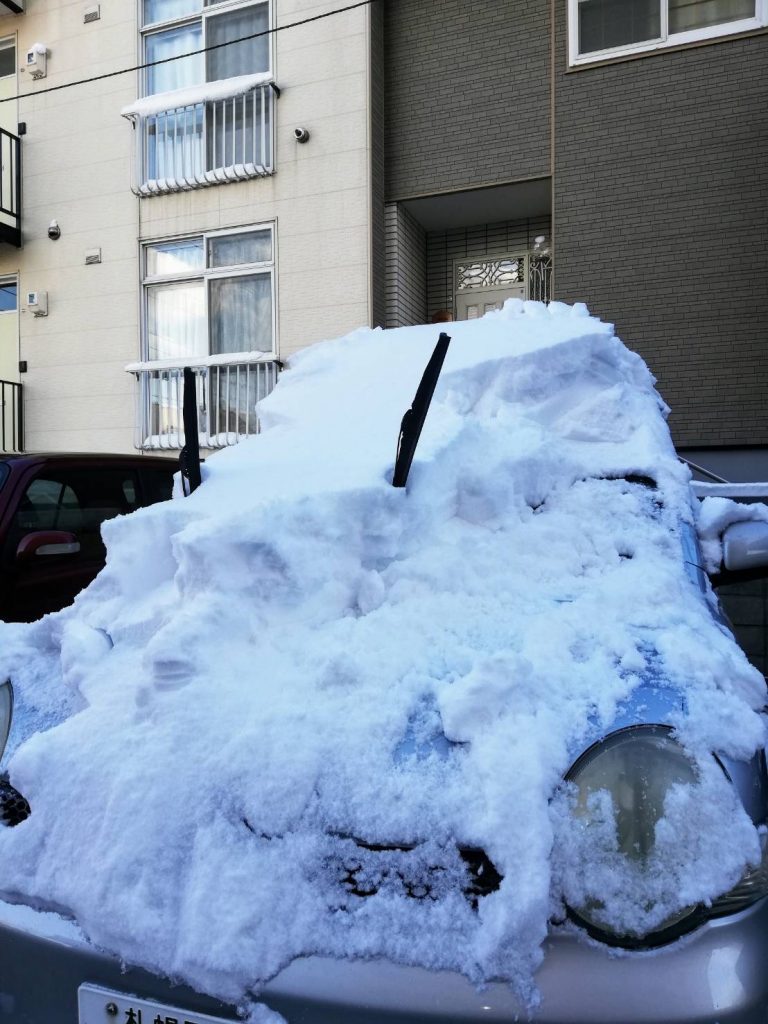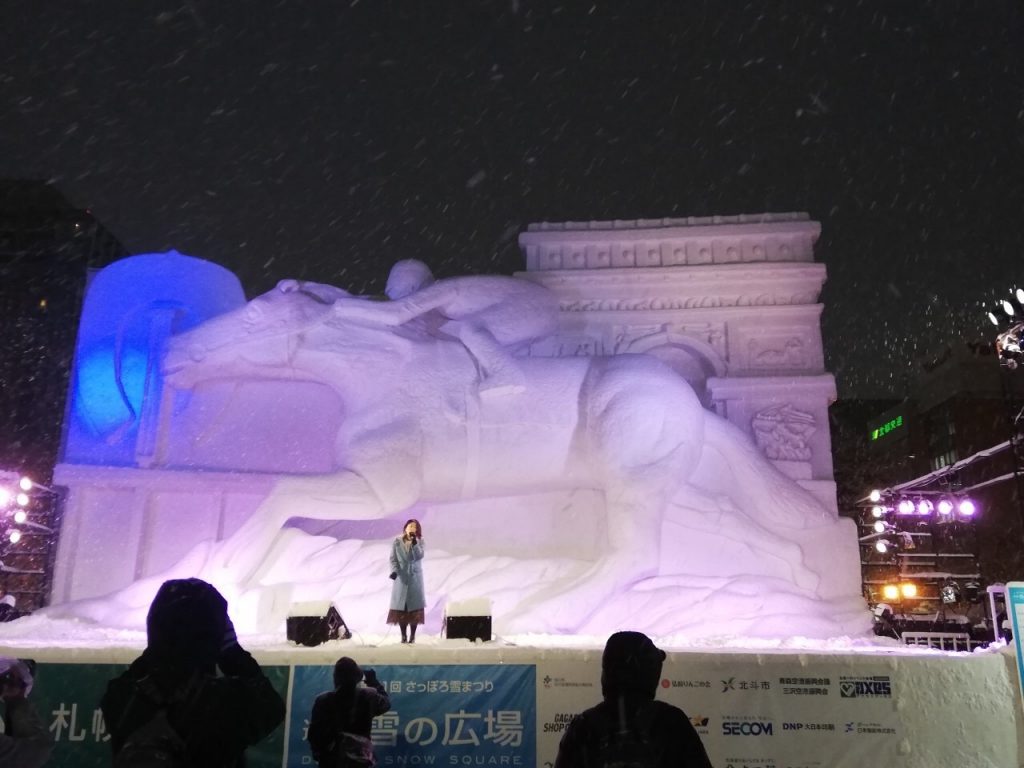月別アーカイブ:2020年2月
Sleepover Parties 英会話・英語 アミック
 There are some strong memories which I still have from my childhood. Some of these memories include riding my bike, playing with action figures, camping, video games and sleepover parties. I think bikes, toys and video games are pretty usual activities for children around the world, but I’m not sure how popular sleepover parties are.
There are some strong memories which I still have from my childhood. Some of these memories include riding my bike, playing with action figures, camping, video games and sleepover parties. I think bikes, toys and video games are pretty usual activities for children around the world, but I’m not sure how popular sleepover parties are.
Sleepovers, also known as pajama parties or slumber parties, were pretty common in the states when I was growing up. Usually a friend or friends will sleep at another friend’s house. They will likely eat dinner there as well. Most friends will bring over a bag with their tooth brush, pajamas, pillow, and of course-favorite toys, video games or comic books. It was always the most fun when you were supposed to turn off the lights and go to bed, but just talked with your friends for another two or three hours. The mornings were always difficult.
Most children enjoy sleepovers, but they don’t happen very often. As a kid, you usually had to consider three things when planning a sleepover; 1) your parents’ mood 2) your friend’s parents’ mood 3) timing- usually on a Friday or Saturday night. Parents are always reluctant to say “Yes.” at first, because if their child wants to stay at another family’s house, they don’t want to impose. If your child wants to invite people to stay over, you have to take responsibility for another child or children. Parents also have to talk over details on the phone. This makes it a difficult prospect for children from the start. Lots of children will plan in advance, by doing chores and finishing homework early. The most common technique children use is to ask one parent- “Can I stay at Jimmy’s house?” and the parent will say “Ask your mother/father. If they say yes then it’s okay.” Then the child will ask the other parent “Is it okay if I stay at Jimmy’s house? Mom/Dad said it was okay.” Then the second parent will probably say “Yes.”. Children are always good at adapting language to their needs.
Usually sleepovers are filled with games, chatting, pillow fights, and snacks and sweets. They aren’t always smooth though. Sometimes children who aren’t used to staying away from their own home wake up and the middle of the night and want to go back to their house, which makes it hard on both parents and the host friend. Friends also sometimes get into fights with each, but it is usually a good experience all-around.
Did you grow up with sleepovers? If so, are they different from the sleepovers I wrote about? If you are a parent or grandparent, do your children or grandchildren have sleepovers? One of my favorite movies is “Sandlot”. It’s a story about baseball loving boys growing up in the late 50’s or early 60’s. They have a great sleepover scene which takes place in one of the boys’ tree house. If you have the chance and you’re interested, please check it out. You might get a glimpse of the magic of sleepovers.
Shane
うるう年 英会話・英語 アミック
2020年も、もうすぐ2か月が過ぎようとしていますが、良いスタートが切れたでしょうか?
今年は東京オリンピック、うるう年でもあります。
うるう年は英語で何というかご存じですか?
「Leap year」と言います!
LeapにはJumpよりも大きな跳躍、大きく飛んで移動の意味があります。
例えば、
Fish were leaping out of the water.
She leaped for joy.
のような使い方をします。

では、なぜLeap yearと呼ばれているかというと、曜日をLeapするからだそうです!!
うるう年ではない年では、毎年曜日が1日ずつずれるようになっています。
例えば、2018年のクリスマスイブは月曜日で、2019年は火曜日でした。
しかしうるう年の今年には、木曜日となり2日ずれてしまうのです!
普段、何気なく使っている言葉の由来を、英語でも日本語でも辿ってみるのも楽しいですね。
皆さんは、何か面白い言葉の由来をご存じですか?
Leap Year 2020! 英会話・英語 アミック
2020 is a special year for many reasons. For one thing, it’s the start of a new decade. For another, it’s an Olympics year (Go Tokyo Olympics!). It’s also unusual because the numbers repeat. The last time that happened was 101 years ago in 1919, and it won’t happen again until 2121 in another 101 years! But 2020 is also a special year because it is a leap year.
A leap year is something that happens every four years. Usually, a calendar year is 365 days long. However, an astronomical year, which is how long it takes for planet Earth to make a full circle around the sun, is actually 365.2425 days long. So every four years, we take those four 0.2425 of a day and combine them into one extra calendar day: February 29th, also known as leap day. Any year that has this extra day is called a leap year.

Why do we call it a leap year? To ‘leap’ usually means to ‘jump forwards’. Usually, a specific date during the year (for example, February 19, 2020) will be one day of the week later than the year before (so while February 19, 2020 is a Wednesday, February 19, 2019 was a Tuesday). However, during a leap year, the extra day in February means that for the rest of the year, every date will actually be 2 days of the week later than the year before (so March 1, 2020 will be a Sunday, but March 1, 2019 was actually a Friday!). So, during a leap year, the day of the week ‘leaps’ forward by two days!
You probably are already used to having an extra day every four years. But did you know that there are not only leap years and leap days, but also leap seconds?
When we say that a year is actually 365.2425 days long, even this number is not completely accurate. It’s actually an average of the lengths of many, many different years. The Earth doesn’t always spin at exactly the same speed, or travel around the sun in exactly the same amount of time. So, to make sure our clocks and calendars are still accurate, sometimes the world’s clocks have to be adjusted by just one second. Unlike leap years, leap seconds are not applied on a regular schedule, but only when they are needed.
Who knew!
—Veronica
⛄Happy February🌺
My sister who lives in Sapporo sent me this photo the other day.
“My car is covered with snow! It’s troublesome to remove it before driving!”
I sent back a photo I took while walking around my neighborhood in Saijo.
“Are you all right? LOL”
I like the contrast between the North area and the South area of Japan.
I found blooming apricot trees! A happy spring is coming!
My sister enjoyed the Snow Festival in Sapporo.
She said the lights and the projection mapping on the snow were beautiful!
Which February do you like better?
Hitomi
Mr. Sakamoto
重信校に通って頂いている画家のSakamotoさんをご紹介します!
Sakamotoさんが描かれた絵画についての解説を英語でブログにされていて、そのお手伝いをアミックの外国人講師がさせて頂いています。講師も非常に興味深く読ませていただいているそうです。皆さまも是非ご覧ください。


















